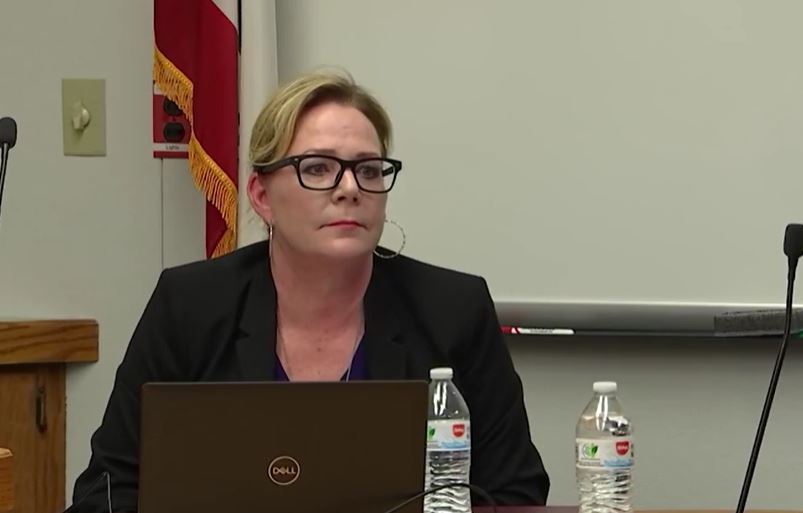Back In 2004, we Earthlings got to watch Venus pass between ourselves and the sun for the first time since 1882. It's going to happen again on Tuesday, and if you miss it, the next chance you'll get to see it is in 2117, and, well, good luck with that.
Here's how to make sure you catch all the action.
Here's the good news (there's a bunch of good news): Tuesday's transit is positioned such that both North America and Europe will get to see at least some of it.
For us colonials, it'll happen from late afternoon until sunset, so we don't even have to get up early. Also, transits of Venus take a while, so it's not like a lunar eclipse that you can accidentally play Diablo 3 straight through it and miss the whole thing.
On the East Coast, you've got a solid two-hour window, increasing as you go west: out here on the best coast, we've got a five hour look. In both cases, the sun will set while the transit is still going on; only Alaska and Hawaii will get the whole show.
Here's an overview of the timing, but if you check out this website, you can get a down-to-the-minute schedule along with a nifty graphic showing the path Venus will take across the Sun's face.

It's very important that you only view the transit with adequate eye protection. Sunglasses do not count, and neither does looking really quickly and then looking away or looking while waving your hand rapidly in front of your face.
Local
If you don't have special solar glasses or filters or welding goggles (a #14 welder's glass works great), the Exploratorium explains how make your own pinhole projector. Also, since the transit will be going on through sunset, that's generally a less risky time to look.
If heaven forbid it's cloudy where you are, or you want to see what the pros are looking at, NASA will be webcasting live from Hawaii starting at 5:30 P.M. EST at this site.

Even though viewing Venus from Earth may seem all retro for astronomers nowadays, there's one excellent reason why planetary scientists are excited for this transit: exoplanets.
One of the ways that we can spot planets around other stars is when they do exactly what Venus is doing on Tuesday: pass between us and their parent star. When that happens, the light from the star dims just a tiny little bit, and hey-o, exoplanet! So on Tuesday, planet hunters will be making precise measurements of how much the light from the sun dims when a planet of a known size (Venus) passes in front, and they'll use those data to help them estimate the size of exoplanets around other stars.
Via NASA



